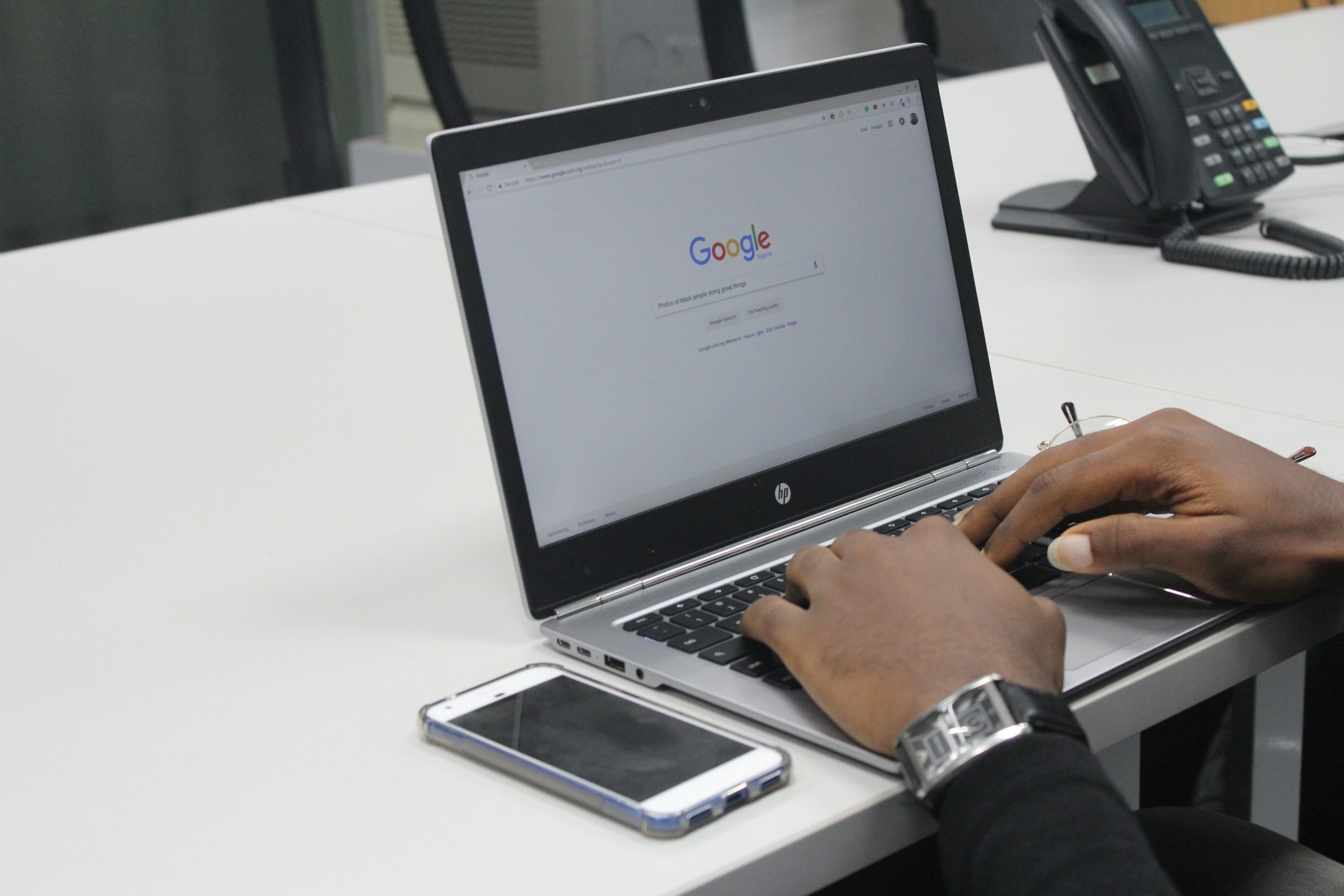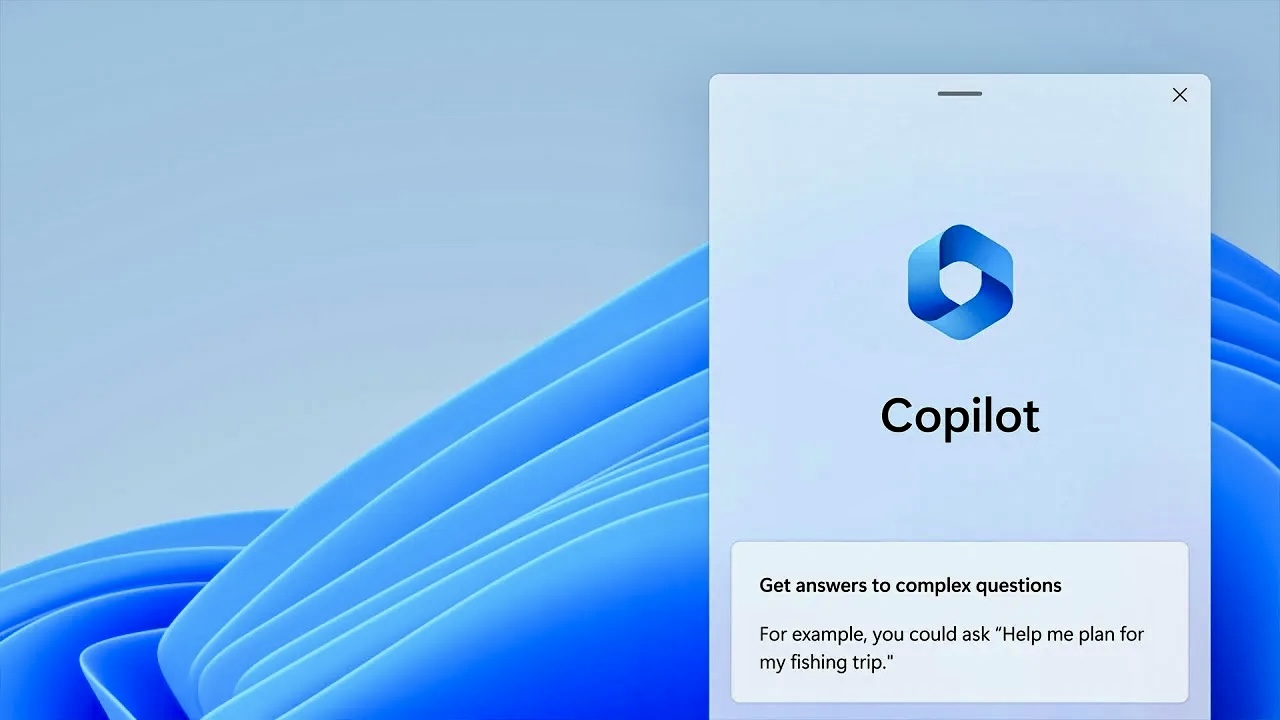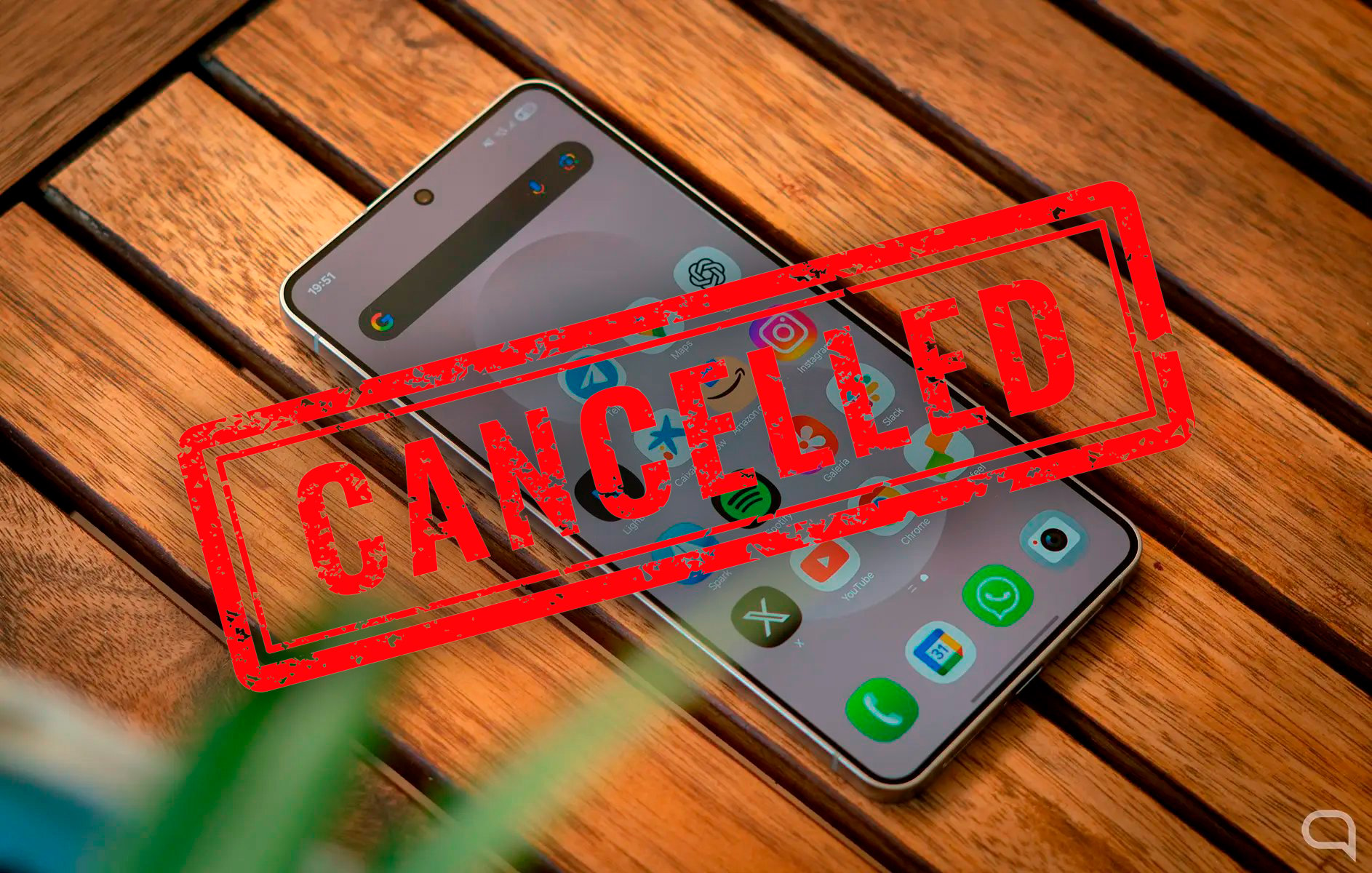Yesterday during the performance long away, Apple has finally unveiled the long-awaited iPhone 14 and 14 Pro, giving us all the news. One of them, and the one that caught my attention the most, say goodbye to the sim card traywhich has accompanied the terminal since its first generation in 2007.
If you don’t remember, before the existence of SIM cards, mobile phones were connected through a technology called CDMA. With it, you could access the carrier’s network from your mobile phone, albeit without the flexibility we know today. No, Apple does not intend to return to this standard in the iPhone 14 and 14 Pro, but to use the eSIM offer, which is sure to become mainstream in the coming years.
However, before we continue to tell you what you need to know about eSIMs, there is an important point that needs to be cleared up first. Initially, The US will be the only country where the iPhone 14 will be sold without a SIM tray.. Despite the foregoing, this is still the first step of the company in an ambitious strategy that covers more territories.
As such, Cupertino residents have chosen eSIM to connect their next mobile devices. What does this mean for the future of the iPhone and similar technologies?
How does eSIM work?
Essentially, an eSIM is nothing more than a digital SIM card. Thus, by simply reading the QR code, your device can access a carrier data and call plan that offers this capability. It’s so easy that you can purchase a contract with another carrier and you don’t have to leave your home to contract the service and then wait for the physical card.
Similar to CDMA technology, eSIM cannot be physically removed. In fact, it can bring several positive aspects, but also some disadvantages. One of them is the possibility not to restore the eSIM after deleting it from the mobile device, as not all operators allow it to be reused. Of course, not all of them work this way, but this is something to keep in mind when buying.
Among its advantages, in addition to the convenience of having a digital option, we find one very important. In case of theft, the criminal will not be able to remove the SIM card from the iPhone due to its virtual nature. Therefore, finding it becomes a much more real possibility, and it can help many users to restore their devices.
What happens to your iPhone 14 in countries where this technology is not available?

While being able to have a digital SIM card without the limitations of CDMA technology sounds great, there is a problem here. Naturally, iPhone mobile phones they are among the most exported devices from the US to other countries in the world.either because they can’t get them officially, or for any other reason.
In some of these territories, eSIM technology is not yet offered between telcos. Then, What happens to users in these regions who want an iPhone 14 or 14 Pro imported from the US? The only way out would be to connect to the “Roaming” service – a rather old-fashioned system, somewhat rejected by tourists around the world.
Now that we’re talking about officially receiving the iPhone 14 and 14 Pro, all other regions outside the US will be able to insert a SIM card into their iPhone 14 and 14 Pro.because the model sold in those countries will retain the tray. So Apple doesn’t seem to be pushing the transition to eSIM too much in all parts of the world. However, they have already made it clear what they intend to do in this industry in the future.
Let’s remember that Apple is no stranger to controversial changes. After all, they were among the first to remove the 3.5mm jack, a move that was widely criticized, and then the rest of the industry followed. Perhaps we are facing a new wave of port elimination in the mobile telephony market?
Where to find an eSIM for your iPhone 14 or 14 Pro?

There are regions with a high level of choice in this regard. For this reason, if you want to get an iPhone 14 or 14 Pro on your next trip to the US, you have to consider which carriers offer this technology in your country.
The following information comes directly from Web site from Apple.
- Spain: Movistar, Orange, Pepephone, Truphone, Vodafone, Yoigo.
- Mexico: AT&T and Movistar.
- Argentina: Of course, Movistar, Personal.
- Colombia: Movistar.
- Chile: Entel and Movistar.
Source: Hiper Textual
I am Bret Jackson, a professional journalist and author for Gadget Onus, where I specialize in writing about the gaming industry. With over 6 years of experience in my field, I have built up an extensive portfolio that ranges from reviews to interviews with top figures within the industry. My work has been featured on various news sites, providing readers with insightful analysis regarding the current state of gaming culture.














